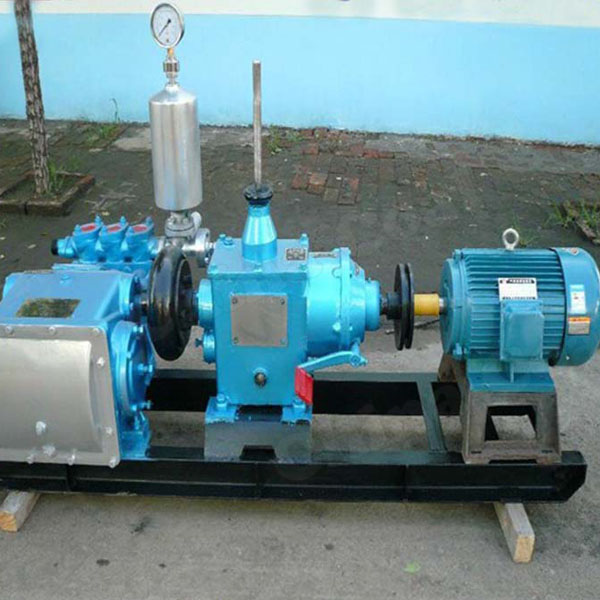Sewage Pumping Stations And Their Uses
Label:
Sewage Pumping Stations
Uses
A sewage pumping station is a very important tool in disposing of waste. This waste is detrimental to the environment and so it''s vital to dealt with it properly.
The Process
A sewage pumping station, otherwise referred to as a lift station, is basically used for dealing with raw sewage. This reaches the station through an underground gravity pipeline system. This system is composed of pipes which are placed at such an angle so that the sewage can flow unidirectionally under gravity.
The sewage moves into an underground pit, known as a wet well, and here it''s stored. To prevent the pit from overflowing, it contains equipment which is able to monitor the height of the sewage inside it. If it should rise above a certain level, a pump begins to push it out into a specialized pipe system coined a sewer force main. From here it moves into a gravity manhole. This cycle continues until the sewage reaches its final destination, that is, a sewage treatment plant.
The Uses
In brief, a sewage pumping station is used to pump sewage from a lower region to a higher one. They can be utilized simply because they''re the cheaper option. Examples are in cases where it makes more economic sense to pump it over a ridge and then let it flow naturally due to gravity into a sewage treatment plant or by lifting the sewage high enough to move through a sewage treatment plant again using gravity. Alternatively, they''re useful in cases where a hydraulic head wouldn''t be adequate.
The Setup
Many a time, sewage pumping plants can be put together as an assembled package. The main part required is a sewage treatment receiving well, which is otherwise known as the wet well. This comes with lift pumps, a junction box, piping containing valves, and a control panel which is equipped with an alarm system.
Traditional sewage pumping stations have a wet well and a dry well. Usually, both these wells are in the same area and are then divided internally. The main concern about these is that if a pump or pipe is to leak the sewage, it could easily get into the dry well causing flooding. This is why the electric motors tend to be on the surface within pump houses to protect them from the elements.
Today, a submersible type of pumping station is more common. The advantages are that they''re usually less expensive and don''t require much pump maintenance. They''re also less of an eyesore as they don''t tend to have large structures that can be seen above the ground. In addition, they carry much less health and safety risks.
Sewage treatment is vitally important. Such plants insure that sewage is treated properly before the water is deemed safe to be released into the environment.
